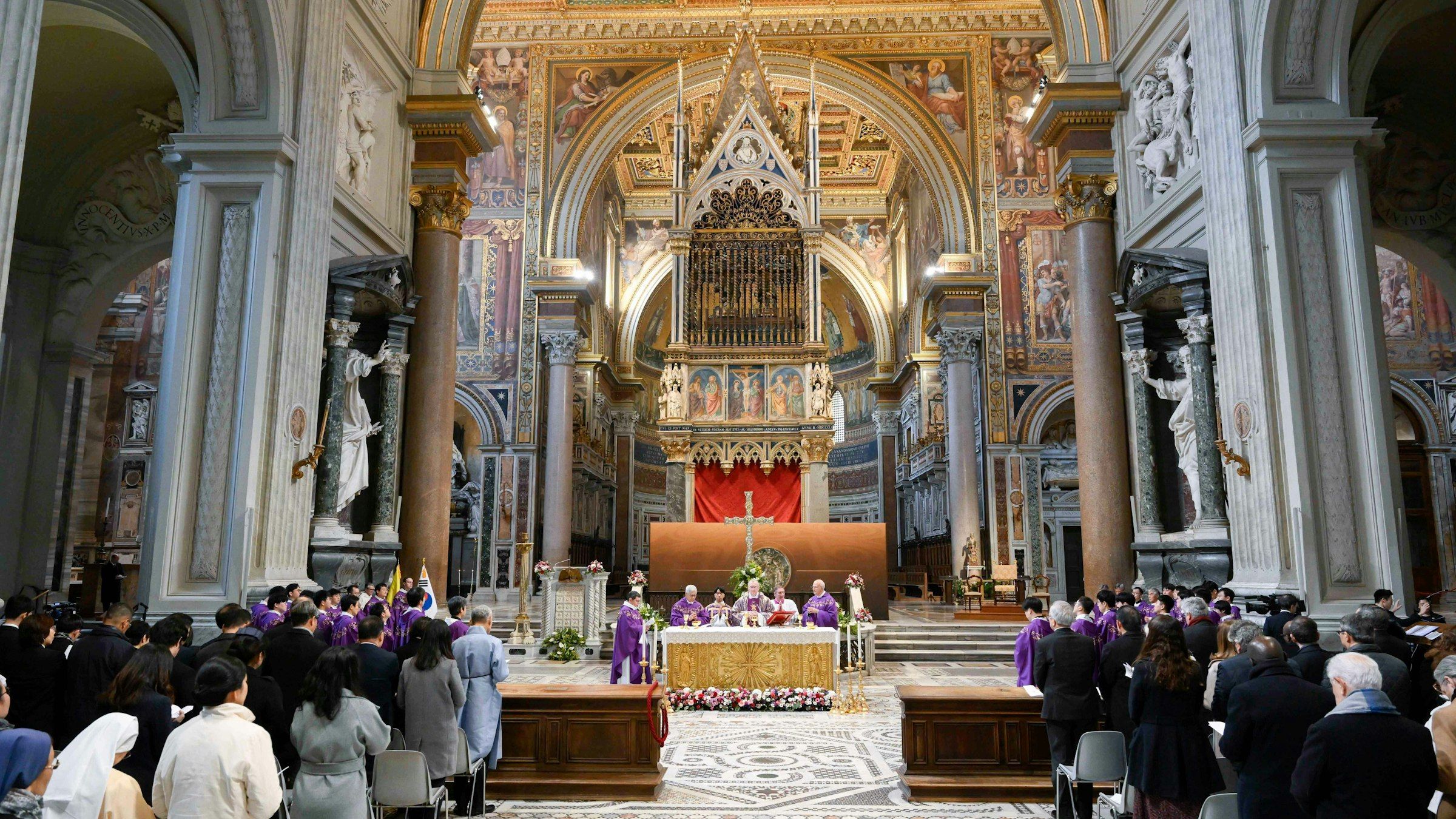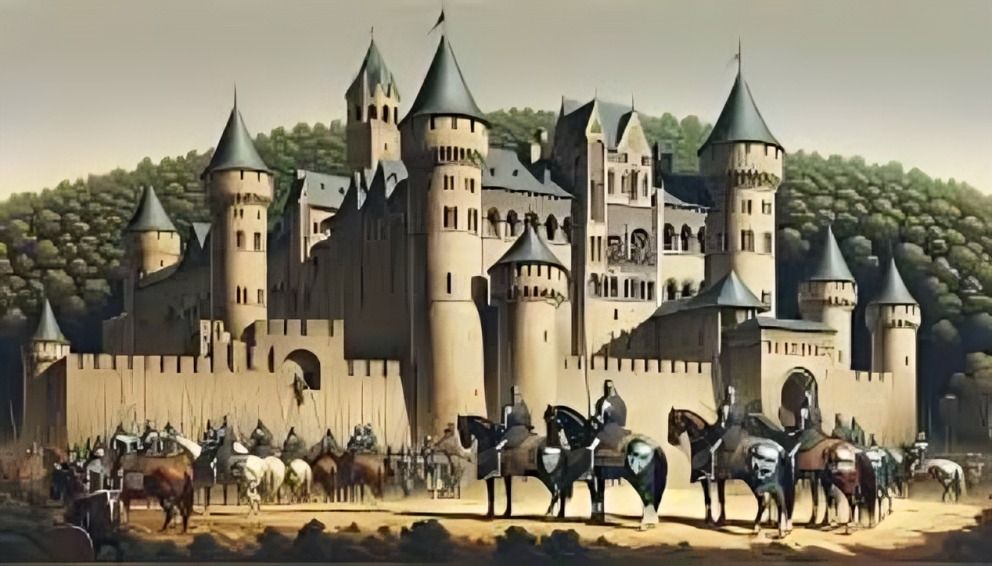
“
The formation and expansion of the Holy Roman Empire were pivotal in medieval European history. Emerging in 962 under Otto I, the empire united diverse territories and served as a significant political and religious force. Spanning centuries, it played a key role in shaping European governance, culture, and diplomacy. From its establishment to its territorial growth, the Holy Roman Empire's legacy remains profound. Explore The Formation and Expansion of the Holy Roman Empire to uncover its origins, key events, influential rulers, and its lasting impact on the medieval and modern world.1
1
”
In 800, Pope Leo III crowned Charlemagne Emperor of the Romans, restoring the title in Western Europe after centuries and establishing the Carolingian Empire, later known as the Holy Roman Empire. 1
Charlemagne's empire was initially a revival of the Roman Empire, but after his death in 814, it fragmented into smaller territories. The title of Emperor remained central to its identity. 2
The title of Holy Roman Emperor became a significant part of European politics in the early Middle Ages, with emperors often being crowned by the Pope in Rome, symbolizing a close relationship with the Church. 3
The Holy Roman Empire's expansion was gradual, with emperors like Otto I and Henry III extending its territories by incorporating regions such as Saxony, Bavaria, and parts of Italy into the empire. 4

The Holy Roman Empire comprised numerous semi-independent entities ruled by princes, including kings, dukes, and bishops, whose authority limited the emperor's power, creating a decentralized and fragmented political structure.
The term "Holy Roman Empire" emerged in the 13th century. Earlier, it was called "Christian Empire" or "Roman Empire," with legitimacy rooted in translatio imperii, inheriting authority from ancient Rome.5
The role of the Emperor evolved over time, with early rulers having significant influence over the empire's internal affairs, while later emperors struggled to maintain control over their vast and decentralized domains. 6
The Investiture Controversy (11th-12th centuries) marked a key conflict in the empire, as German emperors and the Papacy vied for control over the appointment of bishops and other church officials. 7
The medieval Holy Roman Empire played a crucial role in shaping European feudalism, with lords and vassals making up much of the political structure, leading to a complex web of alliances and rivalries. 8

The Holy Roman Empire's relationship with the Catholic Church was integral to its legitimacy, with emperors seeking papal approval for their reigns, and the Pope wielding significant influence over imperial affairs.
The empire expanded further under the reign of Emperor Frederick Barbarossa in the 12th century, who aimed to strengthen imperial authority and maintain control over Italy, facing significant opposition from local rulers9
The Treaty of Verdun in 843 divided Charlemagne’s empire into three parts, laying the groundwork for the future political fragmentation of the Holy Roman Empire into smaller, competing kingdoms. 10
The imperial crown became elective in the 13th century, with the seven Prince-electors responsible for choosing the Holy Roman Emperor, significantly altering the balance of power in the empire.11
The empire's decline began in the late Middle Ages, as the growing power of regional princes and external threats, such as the rise of France and Spain, weakened imperial authority and unity. 12

The Holy Roman Empire saw major conflicts in the 16th century, including the Protestant Reformation and the Thirty Years' War, which further fragmented its unity and significantly altered the religious landscape of Europe.
Despite its political fragmentation, the Holy Roman Empire was culturally significant, with its medieval courts promoting the arts, literature, and philosophy, influencing European culture for centuries.13
The imperial diet, or assembly of princes, played an important role in governance, allowing territorial leaders to exert influence over imperial policies and decisions, although the Emperor often struggled to assert central control.14
Throughout its history, the Holy Roman Empire maintained complex relations with neighboring powers, including France, the Papacy, and the Kingdom of Hungary, affecting the empire’s military and political strategies.15
The imperial system's decline continued through the 17th and 18th centuries, as the empire’s decentralized nature became increasingly difficult to manage amidst internal conflicts and the rising power of centralized European states.16
The Holy Roman Empire formally dissolved in 1806 after its defeat by Napoleon, marking the end of a thousand-year-old political entity that had profoundly shaped European history and politics. 17


